We, Yutaka Matsuo Laboratory at the University of Tokyo is seeking a wide range of talented individuals with outstanding foresight and leadership skills in addition to development skills. We are currently hiring researchers, infrastructure/software engineers, program managers and coordinators who are responsible for planning and organizing lectures, and staff to provide back-office support.
We highly encourage you to apply if you are interested in deep learning research with a focus on “world models,” disseminating educational programs on advanced technologies from the University of Tokyo throughout Japan and to the world, and solving industrial problems through machine learning and data analysis.
Our research scope
Research on World Model
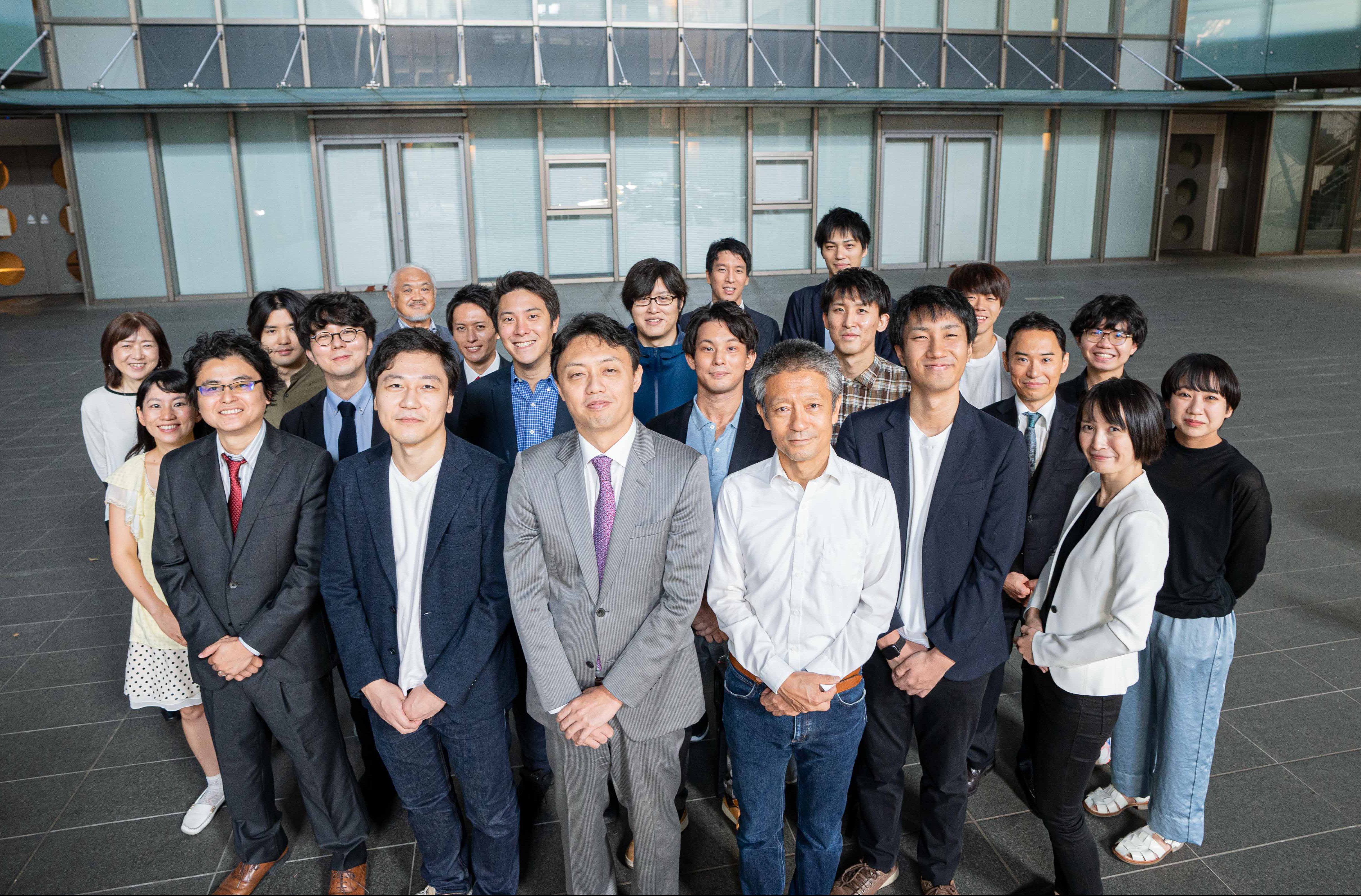
“World models,” which have been rapidly studied in the field of deep learning in recent years, are attracting attention as a key topic for the future of artificial intelligence. The basic research team at Matsuo Lab, which has the vision of “creating intelligence,” believes that world models are indispensable for the realization of true intelligence, and is conducting research day and night.
LLM Research & Development
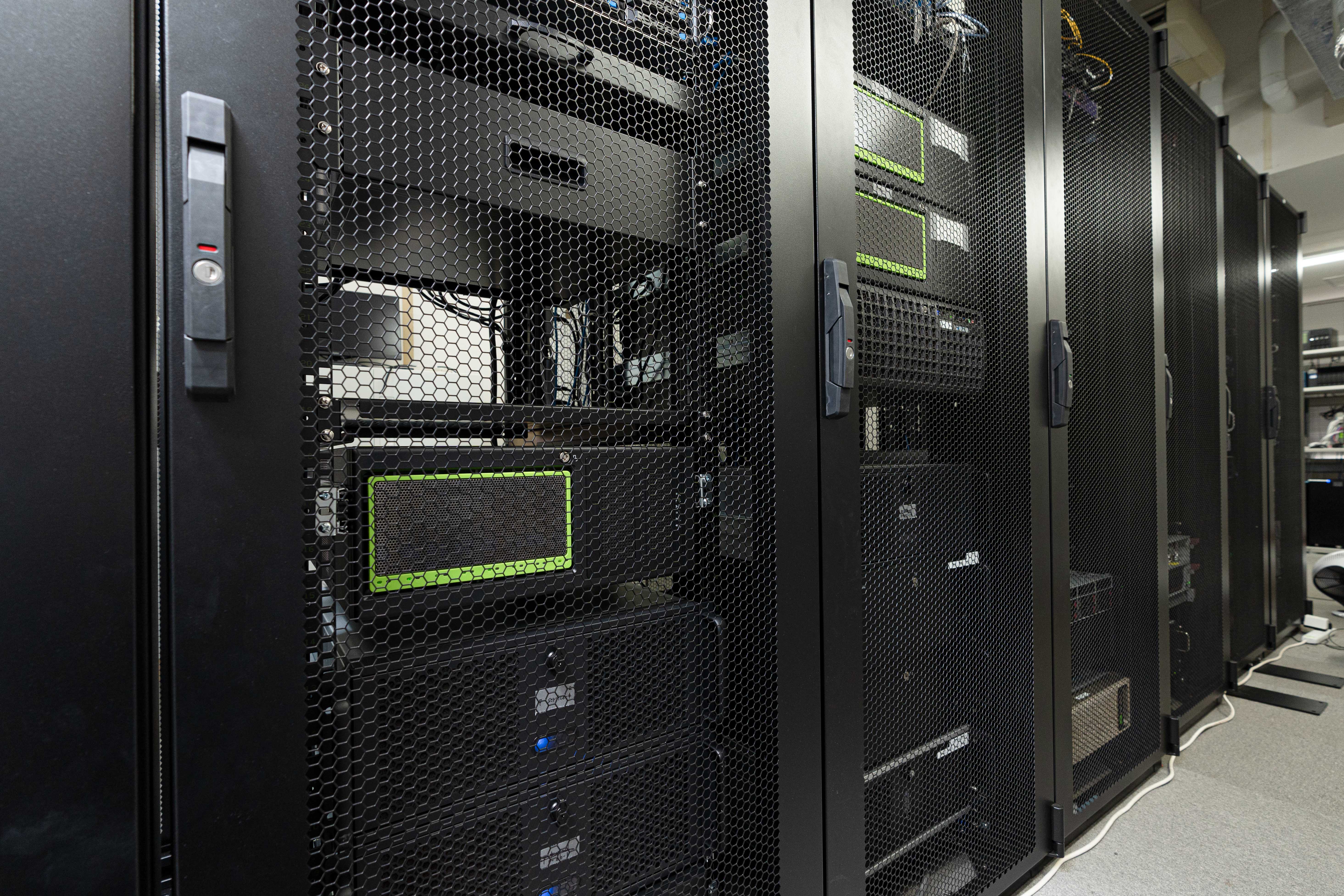
We have developed and released “Weblab-10B,” a large-scale language model with 10 billion parameters, which aims to increase the accuracy of Japanese by expanding the amount of training data by using English as well as Japanese data sets for training and by transferring knowledge between languages.
Research on Robotics
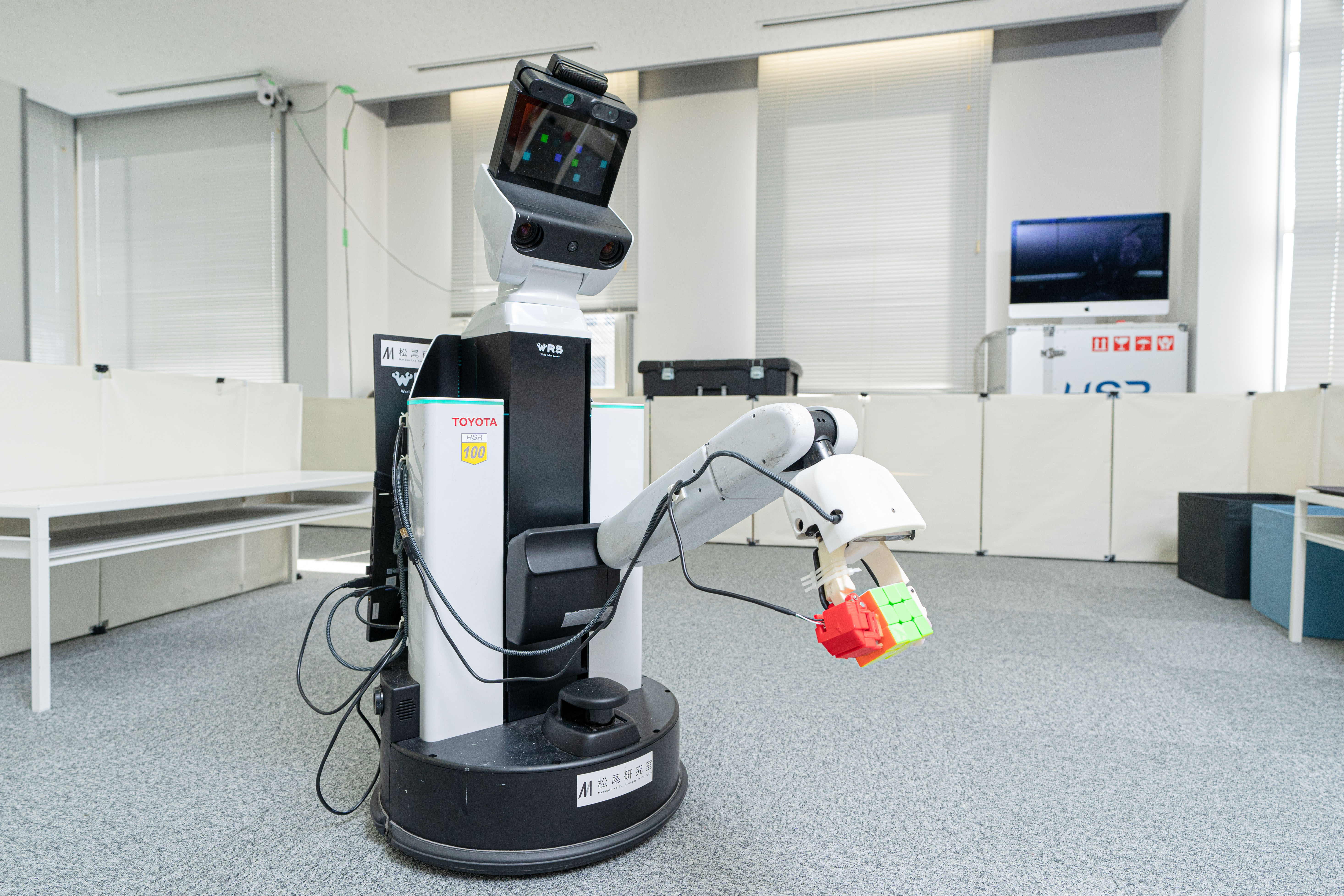
We believe that by using actual devices that interact with the real world, we can get closer to the Matsuo Lab’s goal of “unraveling what intelligence is,” and are promoting robotics research. There is also a dedicated floor where research can be conducted using HSR and Unitree Go1Edu.
NAM Project
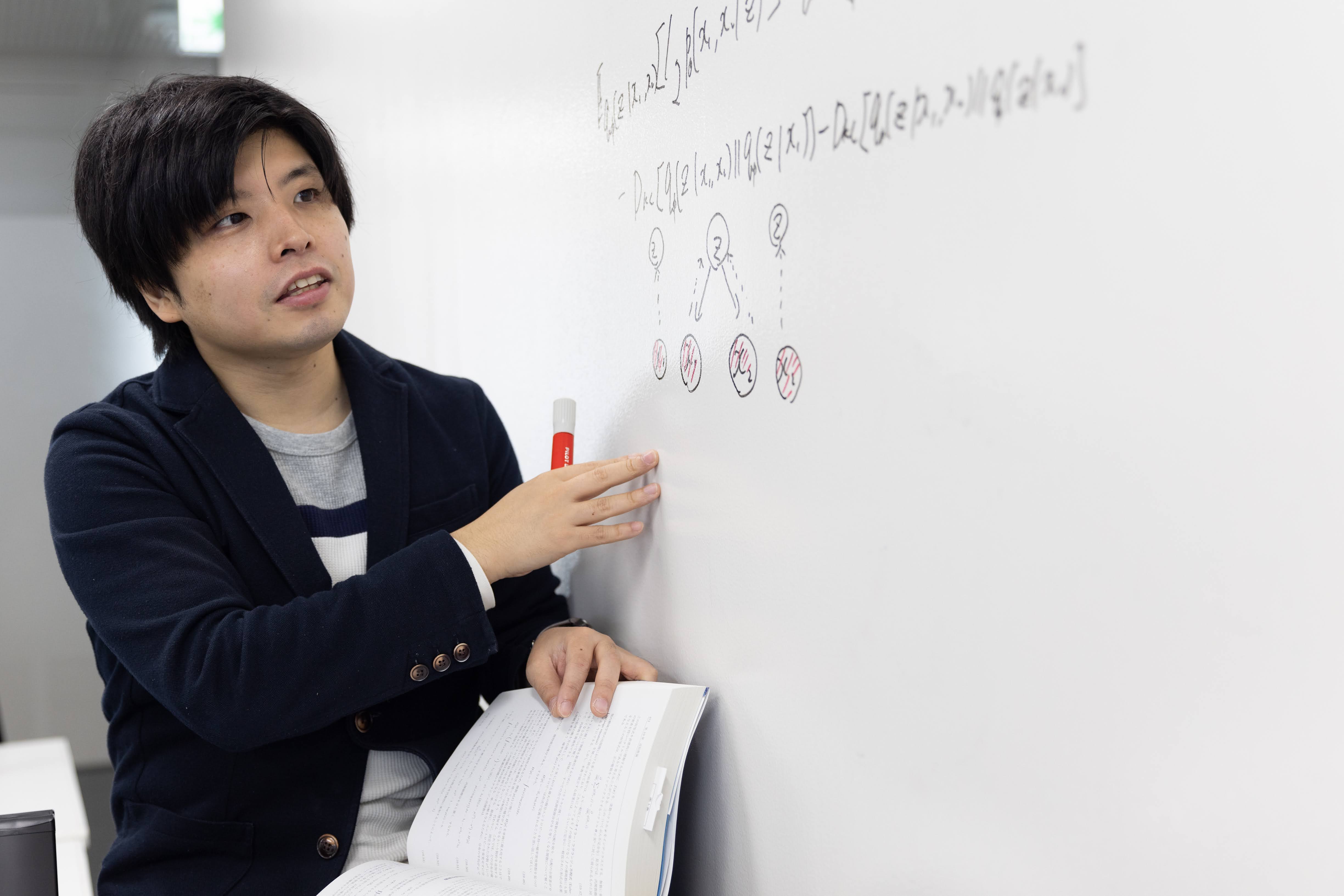
Current deep learning requires a priori assumptions about structure and is particularly challenged by the abstraction and acquisition of higher-order actions for time-series data, including actions. We are working on NeuroAI, the acquisition of hierarchical behaviors through self-supervised learning, and mechanisms to make neural networks self-generating.
Office environment
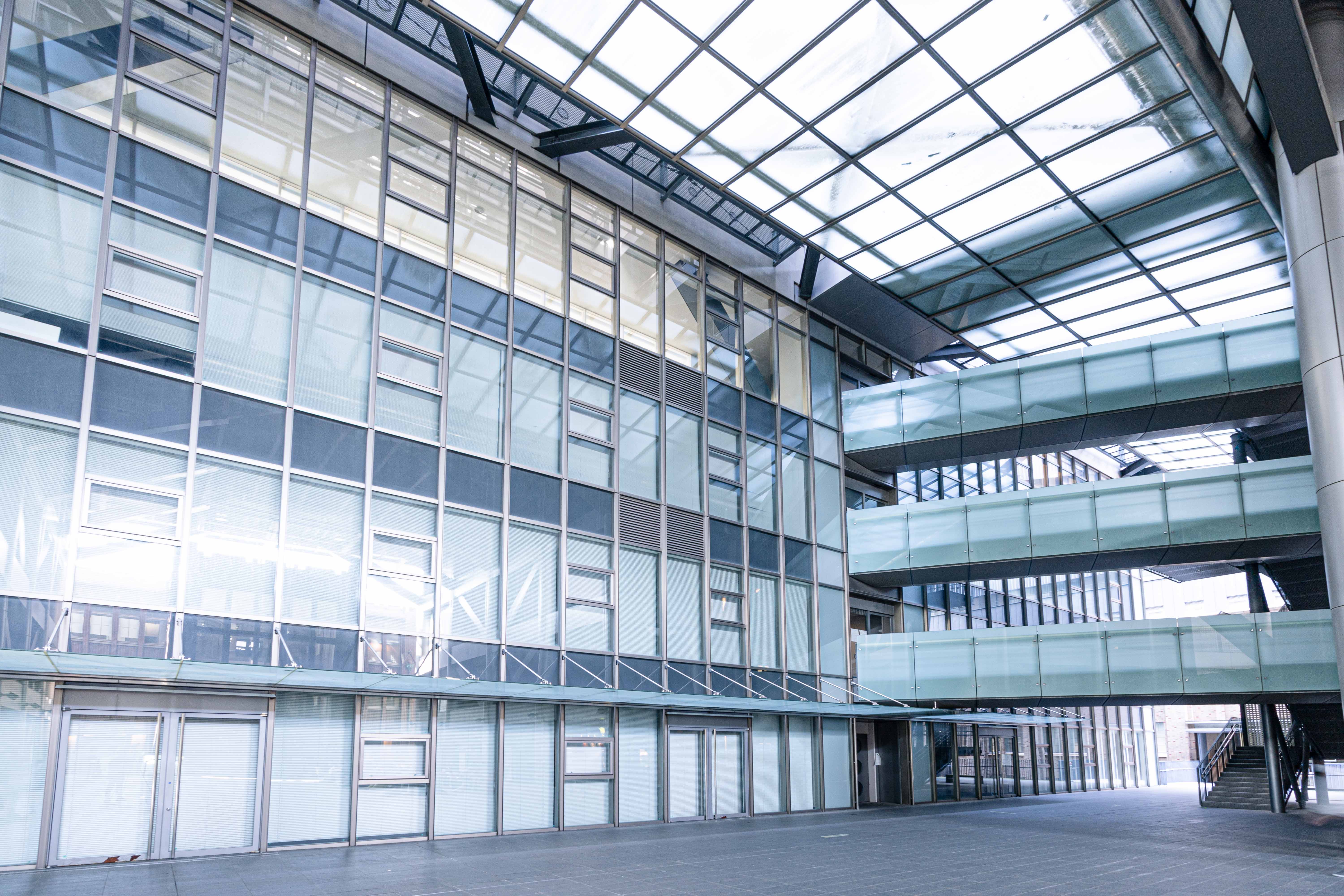
The University of Tokyo and its facilities We believe that the University of Tokyo is one of the most interesting places for working in Japan. You can find the interesting mixture of culture, modern architectures and abundant nature here even in the center of Tokyo. There are many important facilities empower our productivities such as; Starbucks, convenience stores, relaxing parks, a breath-taking pond, even gym, and landmarks on the campus.
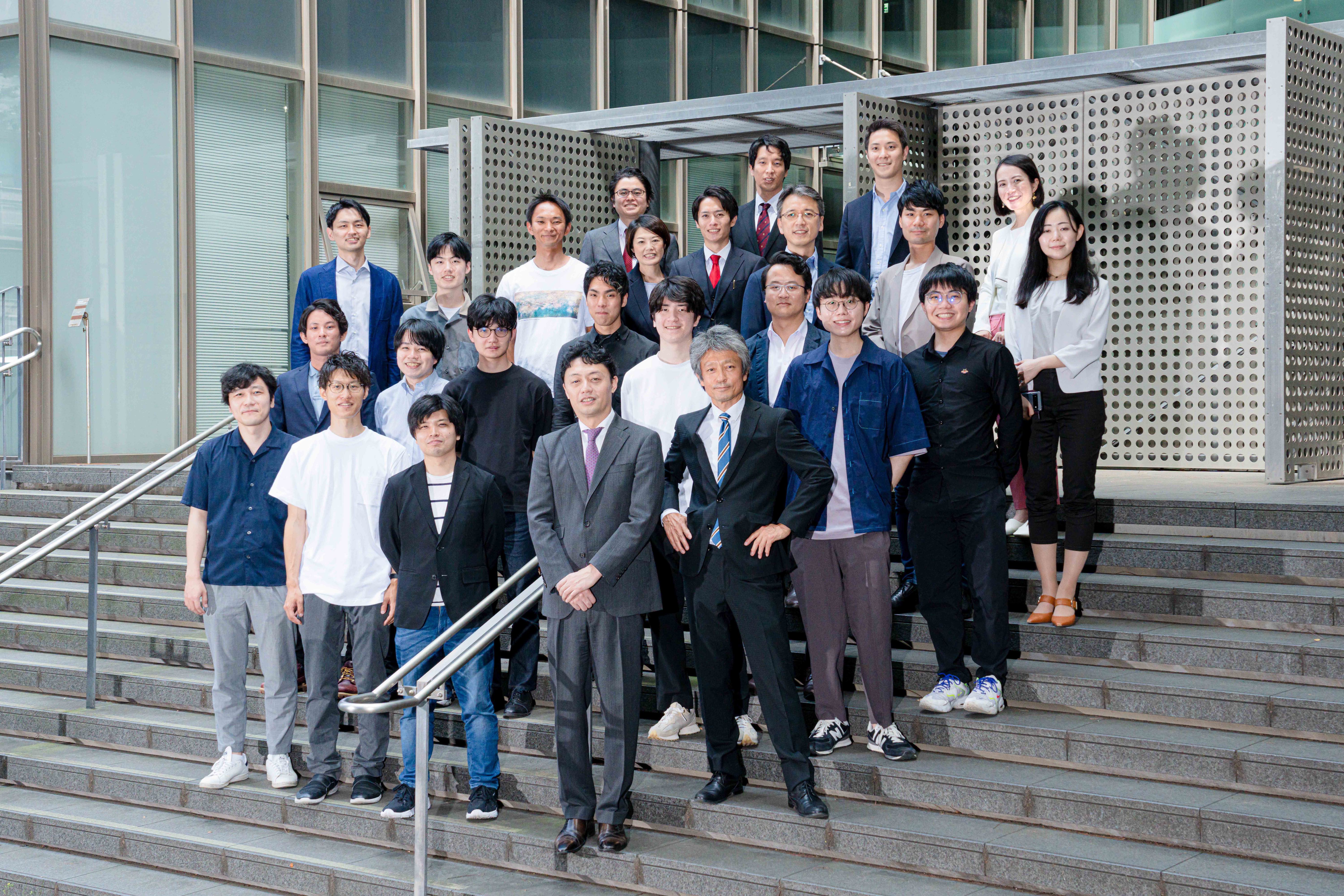
Diversity of lab membersOur lab consists of a number of experienced researchers, engineers and students from various countries such as Switzerland, United States and Spain, Chile, China, Taiwan and Brazil.
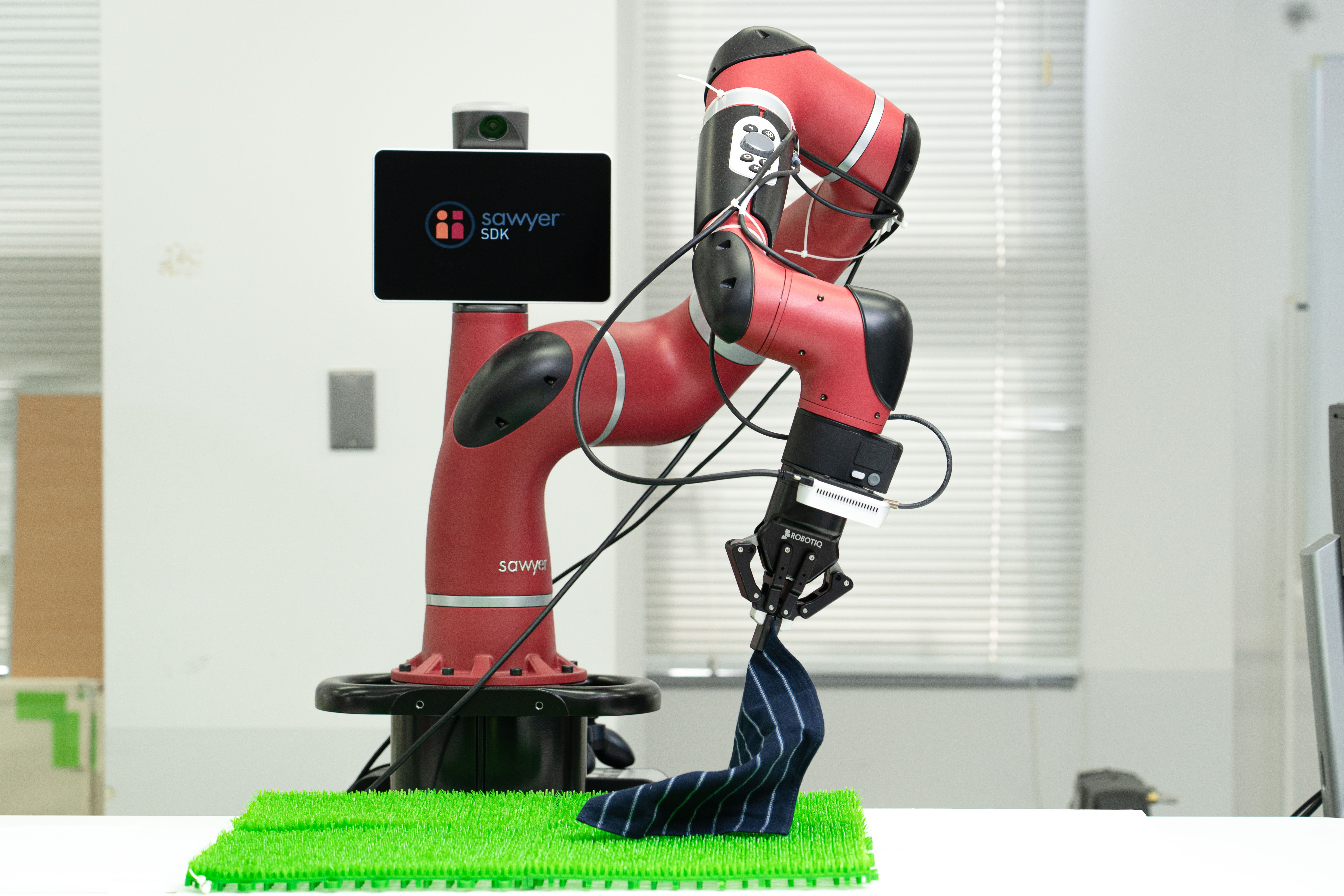
Research EnvironmentWe have a series of modern, well-designed office rooms which maximize our performance and let us focus on our projects.

Modern HPC environmentWe have a number of GPU / non-GPU servers for our projects. The experienced HPC team maintains the highly virtualized HPC environment which allows researchers / engineers to focus on their work and make it possible to conduct rapid development.
Recruitment Process
Researchers

Non-researchers (engineer & business professional)

Details on the researcher recruitment process
Step1. Casual Talk with Researchers
Candidates are requested to submit the following document to HR by the day of the meeting.
①List of publications – Please use the attached format.
②Presentation on past research results/achievements and future research prospect
・The candidate is welcome to use any presentation slides he/she has previously used.
・A casual preparation is completely fine.
Step2. A presentation about the candidate’s past research and future research plan (90min @ Zoom)
After the casual talk, the candidates will be asked to present his/her research achievements and plans at Matsuo Lab.
The detail of the presentation:
- Approx. 10 mins: Detail of past research (including a list of achievements, major works, awards)
- Approx. 15 mins: Detail of future research plans (including specific directions and existing research)
- Approx. 10 mins: Q&A with researchers
For reference: the employment system at the University of Tokyo and post-arrival
If you wish to know more about the employment system and the availability of support, please click the button below to access the article with detailed information and tips.

 日本語
日本語